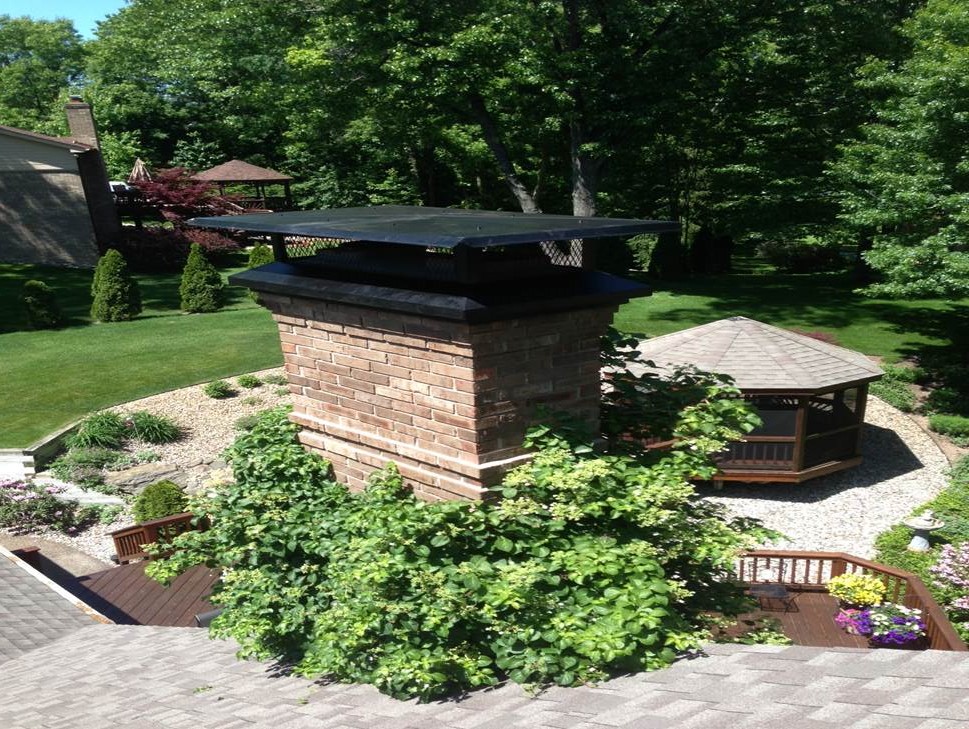Proper drafting requires chimney and fireplace components to be built in a certain size.
Fireplace chimney shared chimney flue examples.
No combination of solid fuel fired appliances are permitted to be vented into an oil fired or.
To start attach the first flue section to the vent collar on the fireplace.
For example per nfpa 31 and nfpa 211.
Examples include a flue that s too small a chimney that s too short or a lintel horizontal support.
Chimneys basically redirect all the unwanted fumes and smoke out into the open without spreading or releasing it inside your home space.
Typically homes that are built after the 1900s have a separate flue for each fireplace.
Even the furnace and water heater use separate chimney flues.
Since the fireplaces are on different stories of the home the chimney extends from the lowest floor through the roof.
This article reviewscommonly occurring shared chimney flues.
A chimney is like a pipe or a tunnel like channel that serves the main purpose of transferring or dispersing smoke heat and flue gasses from stoves and fireplaces out into the atmosphere.
However we do see some chimneys with multiple fireplaces sharing the same flue in homes dating all the way back to the revolutionary war.
A single large chimney with multiple fireplaces on the same floor for example back to back fireplaces on the first floor of a colonial home may share the same flue a single chimney serving fireplaces on two or more different floors may be unsafe and usually not permitted anywhere.
This allows flue gases to gain more velocity before having to negotiate the offset.
Although two openings are permitted into a single chimney flue.
Chimney flues serving masonry fireplaces where cleaning is possible through the fireplace opening.
Fireplaces on multiple levels can also share one chimney structure.
801 14 connections to exhauster appliance connections to a chimney or vent equipped with a power exhauster shall be made on the inlet side of the exhauster.
R1003 18 chimney clearances any portion of a masonry chimney located in the interior of the building or within the exterior wall of the building shall have a minimum airspace clearance to combustibles of 2 inches 51 mm.
This type of chimney features a hem and lance system that audibly snaps when secured in position.

